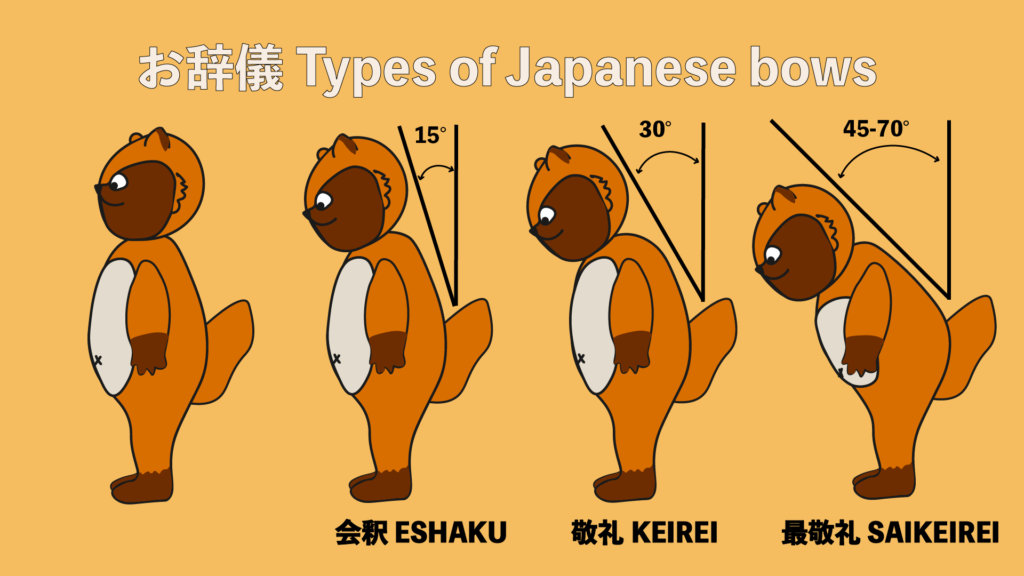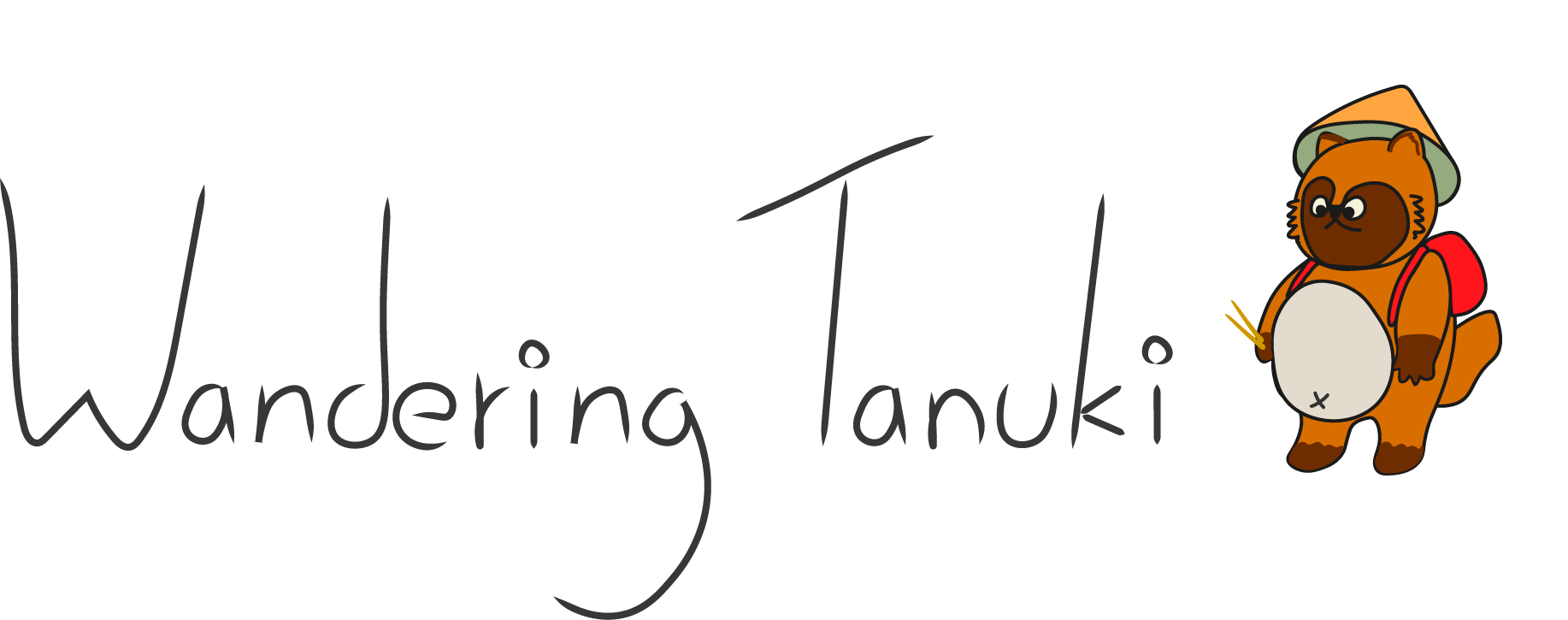Ojigi or Bowing in Japan: Learn the Basics!
お辞儀 (Ojigi) or bowing your head in Japan is an important part of the social culture that is used to communicate different levels of respect. You can convey deep gratitude, apologies, or a simple hello from the way you bow. It’s important to master this etiquette if you plan to communicate or work with Japanese people.
History of Ojigi
In many countries, it’s normal to shake hands, hug, or even kiss as a greeting. In Japan, physical contact is not common among strangers and acquaintances. Instead, ojigi or bowing can show what kind of greeting or message you’re trying to express.
The tradition of ojigi comes from the samurai period! It’s said that the Buddhist traditions of bowing seeped into the warrior culture and its social etiquette. During the peaceful time of the Edo period, the culture of bowing spread to the common people.
Types of Bowing in Japan
Standing up
When you bow to someone it is commonly done standing up. Here are the three most common ways of bowing that can be used in casual and polite business occasions!

Some tips: For all of these types of bowing women will generally have their hands on top of each other near their abdomen and men will have their hands on their legs. Also, try to keep your back straight!
会釈 – Eshaku
This is a casual style bow that usually means “hello”, and it can be used when you bump into friends or co-workers. You should tilt your upper body about 15 degrees. This is a relatively quick bow, so try not to stay too long in the position. Note also that this should be towards those of equal or lower social status to you.
敬礼 – Keirei
This is a more formal style that you can use with those of higher social status such as your superiors, boss, and those who are older than you. It is most commonly used in business situations when you have to show gratitude or as a way to respectfully greet someone. In this bow you should tilt your upper body and head about 30 degrees, and stay for slightly longer than in an Eshaku.
最敬礼 – Saikeirei
Saikeirei is the most respectful and formal. It’s not used as often as the other two, so it should be saved for more significant occasions. This is used when you have to apologize for a big mistake or when you’re asking for a favor from a superior. It can also be used for greeting people of very high status. The angle of this bow is about 45 – 70 degrees. The longer you stay in the position, the deeper the meaning of what you’re trying to express.
Zarei 座礼
This type of bow is not typical in daily life, as it is the type of bowing which is done sitting down. This originates from the time period in Japan, when it was typical to conduct business on tatami mats. It was common that everyone was sitting on the floor. Nowadays, you will see people do this style of bowing in tea ceremonies, martial arts, and other traditional Japanese activities. Like the bows standing up, there are also various degrees of bowing in Zarei.
Dogeza – 土下座
This is not so common in today’s society, but it’s good to know as you may see this happen in manga, anime, historical T.V. and movies, and as part of comedy. This style of bowing has been around throughout Japanese history. It involves the person being on the floor on their knees with their head touching the floor. Usually it means that you are begging for something, apologizing with great shame for what you have done, or that you’re showing the other person is of much higher authority than you.
When in doubt observe Japanese people!
Since bowing in Japan might be new for people, the best way to learn is by observing how natives bow in different situations. I hope this guide could be useful in diving deeper into Japanese culture and etiquette. Feel free to leave comments or questions! Check out my other articles like How to Introduce Yourself in Japanese
~Tanuki





